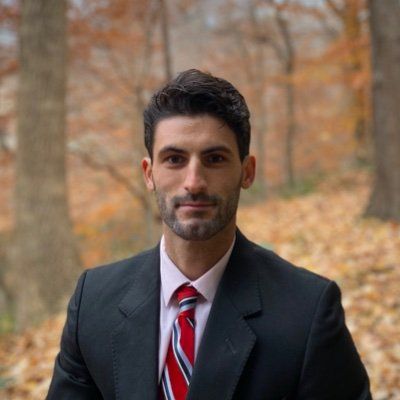Article
Data Show 74.7% Reduction in Varenicline Use for Nicotine Dependence After Chantix Recall
Author(s):
It wasn't the unavailability of varenicline, but the inaccessibility, that perpetuated the reduced prevalence of prescriptions. Investigators speculated that patient, clinician awareness and concerns related to nitrosamine were contributing factors.
Adam Edward Lang, PharmD

Adam Edward Lang, PharmD, Department of Primary Care, McDonald Army Health Center, and a team of investigators assessed pharmacy data related to the US recall of varenicline tartrate (Chantix) to evaluate prescribing practices in the US of the Canadian version of varenicline tartrate (Apo-varenicline) and other medications for nicotine dependence.1
When Chantix was recalled in July 2021 due to elevated nitrosamine levels in select lots, Pfizer paused production resulting in a scarcity of effective treatments for nicotine and tobacco dependence, according to the study. To mitigate the abrupt need for treatment access, the US Food and Drug Administration (FDA) permitted distribution of the Canadian generic form of the drug later that month.
Pfizer recalled all lots of Chantix 2 years later in September 2021, which preceded FDA approval of a generic varenicline for the first time. The team conducted a large US national patient cohort investigation to assess how the recall influenced prescribing.
Assessing Patterns of Prescribing Treatment for Nicotine Dependence
Data collected from a national pharmacy benefit database from January 2021-June 2022 were used in the cross-sectional study. Investigators extracted information on patients with commercial insurance, which was 73.3% of the database, and who were also prescribed medication for nicotine dependence.
Varenicline (generic, branded generic Apo-varenicline, and Chantix), all forms of nicotine replacement therapy (NRT), and sustained-release bupropion (150-mg tablets only) were included. With that information, the team created metrics for each month, for each medication, based on its use and prevalence.
January 1, 2021 through June 30, 2021 was categorized as the pre-recall period, with October 1, 2021 through June 30, 2022 identified as post-recall. Between July 1, 2021 and September 30, 2021 was considered a washout period.
Measures consisted of an interrupted time series analysis vis SAS, with covariates for time and a binary indicator for period of intervention or not, as well as post-intervention time. Results warranted statistical significance at P < .05.
Did the Recall of Chantix Influence Prescribing Practices?
Based on the investigation, it wasn't the unavailability of varenicline, but the inaccessibility, that perpetuated the reduced prevalence of prescriptions. Investigators speculated that patient, clinician awareness and concerns related to nitrosamine were contributing factors.
"The US could benefit from FDA-initiated public service announcements to spread knowledge of the availability of generic varenicline and to counter myths that nitrosamines in varenicline products outweigh harms from cigarettes," they wrote.
A month after Chantix production ceased, investigators observed a reduction in patients who were prescribed varenicline. The rate per 1 million went from 536 in June 2021, to 146 in August 2021. Another month later, in September 2021, that rate decreased to 136, yielding a 74.7% absolute reduction (P < .001) when compared with the pre-washout period.
After the washout period, the rate increased each month, with October 2021 marking the beginning of a significant increase in varenicline use. It was acknowledged in the findings that while the increase was meaningful, the prevalence in June 2021 before Chantix production was halted, was still higher than in June 2022.
The use of other medications included in evaluation, sustained-release bupropion and nicotine replacement therapy showed no significant changes within the study period.
"Prescriptions of varenicline, an effective strategy for treating nicotine dependence, were reduced by the limitation and subsequent removal of Chantix from the market in 2021," investigators wrote. "Furthermore, there was no concomitant increase in the prescribing of NRT or sustained-release bupropion."
References:
- Lang AE, Patel U, Fitzpatrick J, Lee T, McFarland M, Good CB. Association of the Chantix Recall With US Prescribing of Varenicline and Other Medications for Nicotine Dependence. JAMA Netw Open. 2023;6(2):e2254655. doi:10.1001/jamanetworkopen.2022.54655





